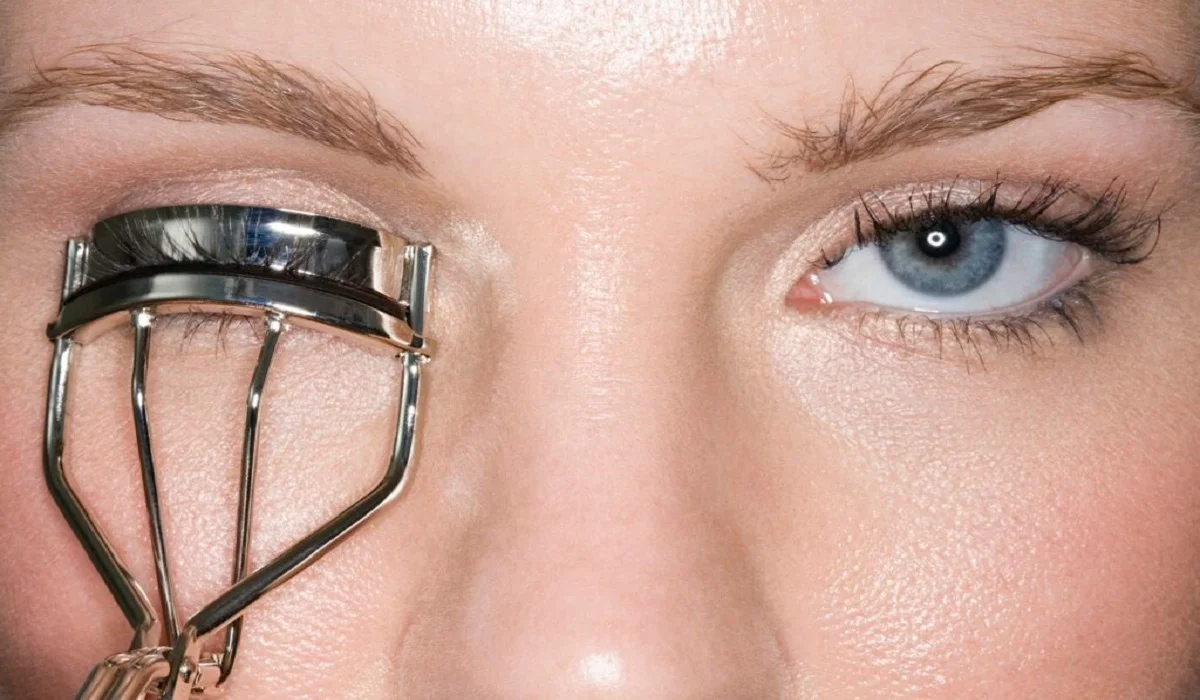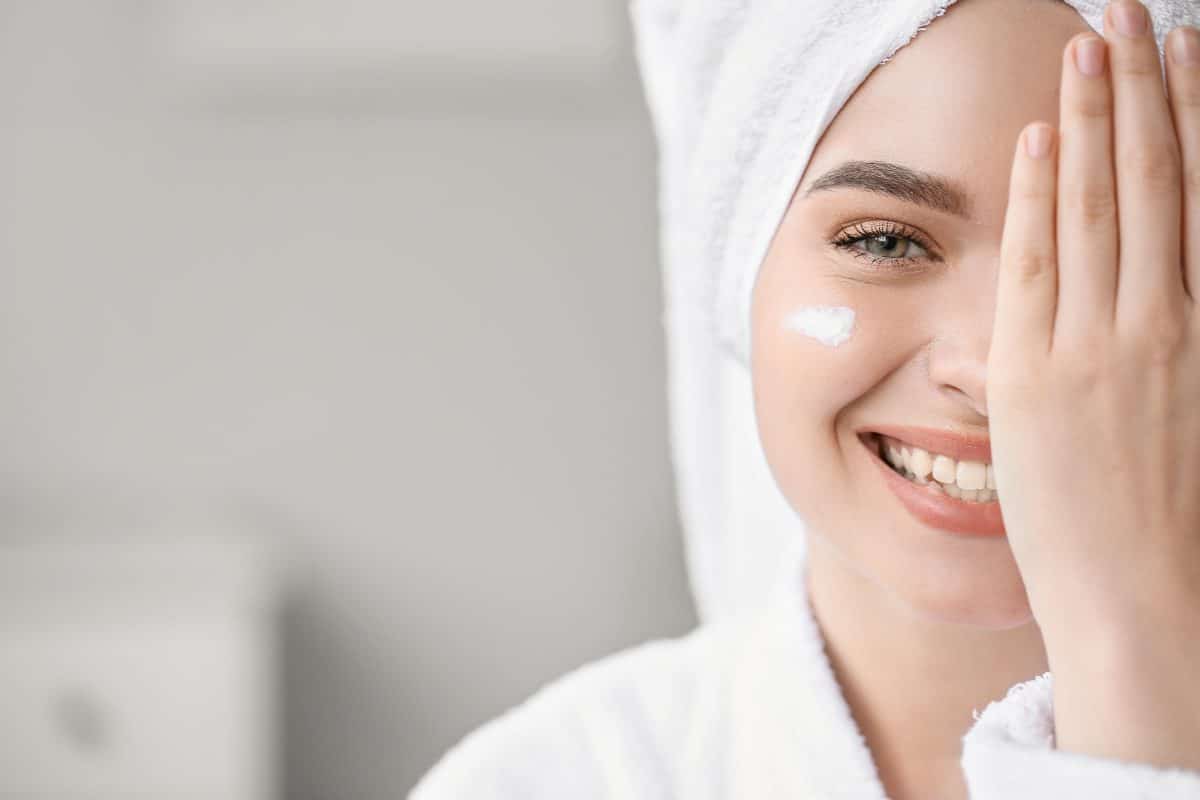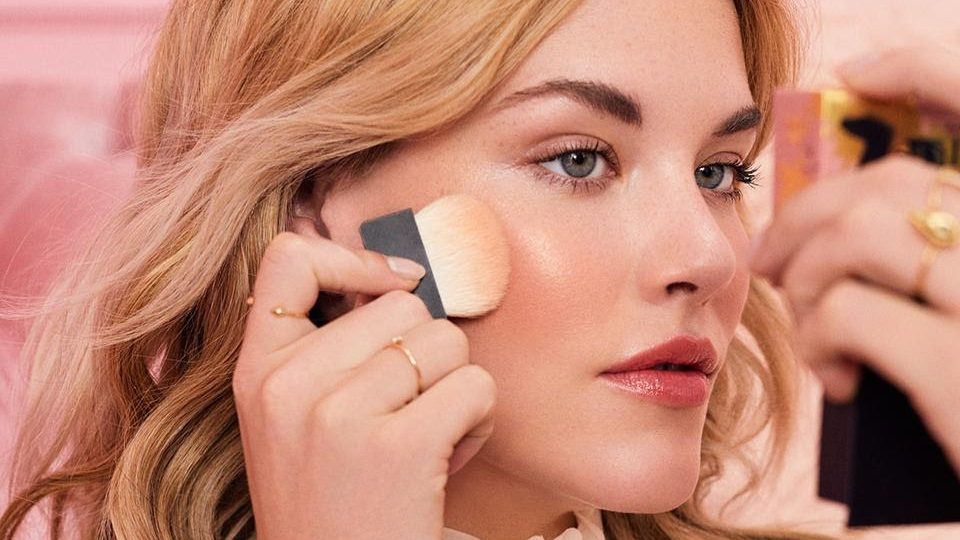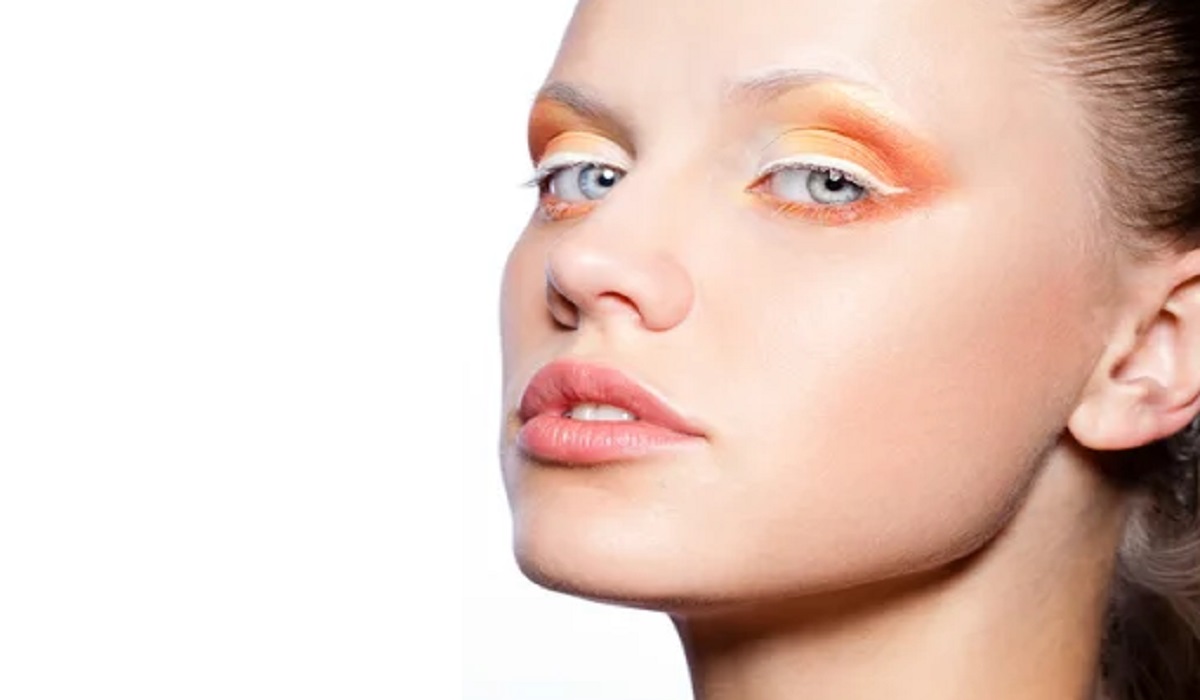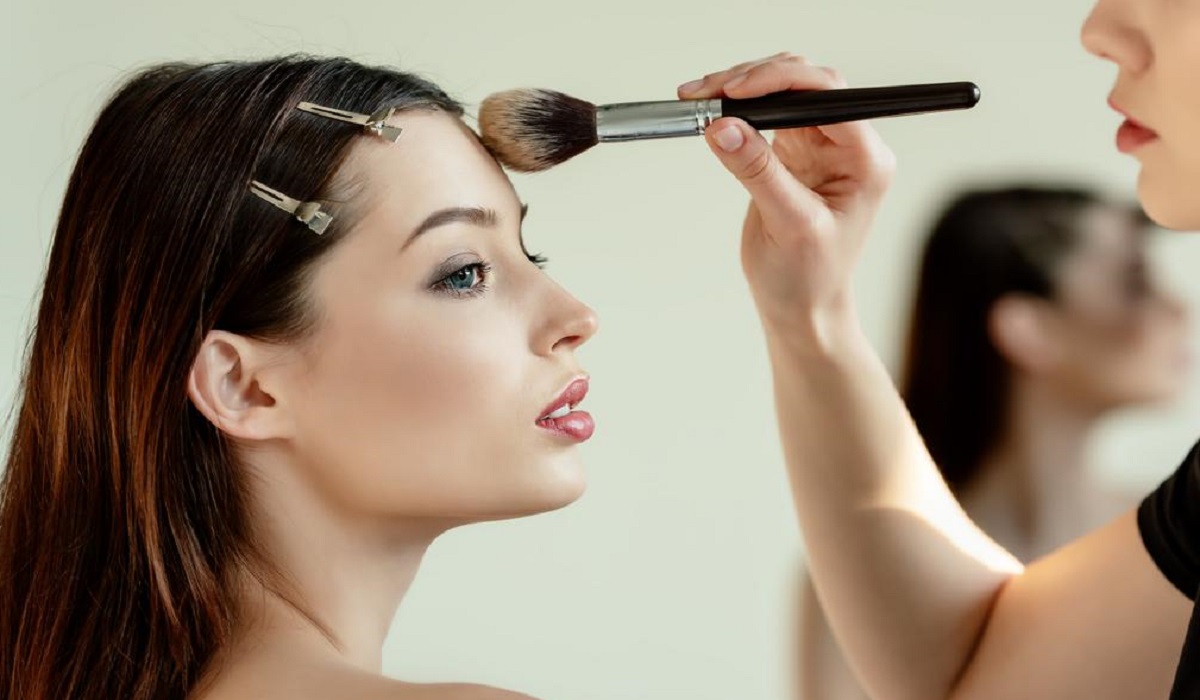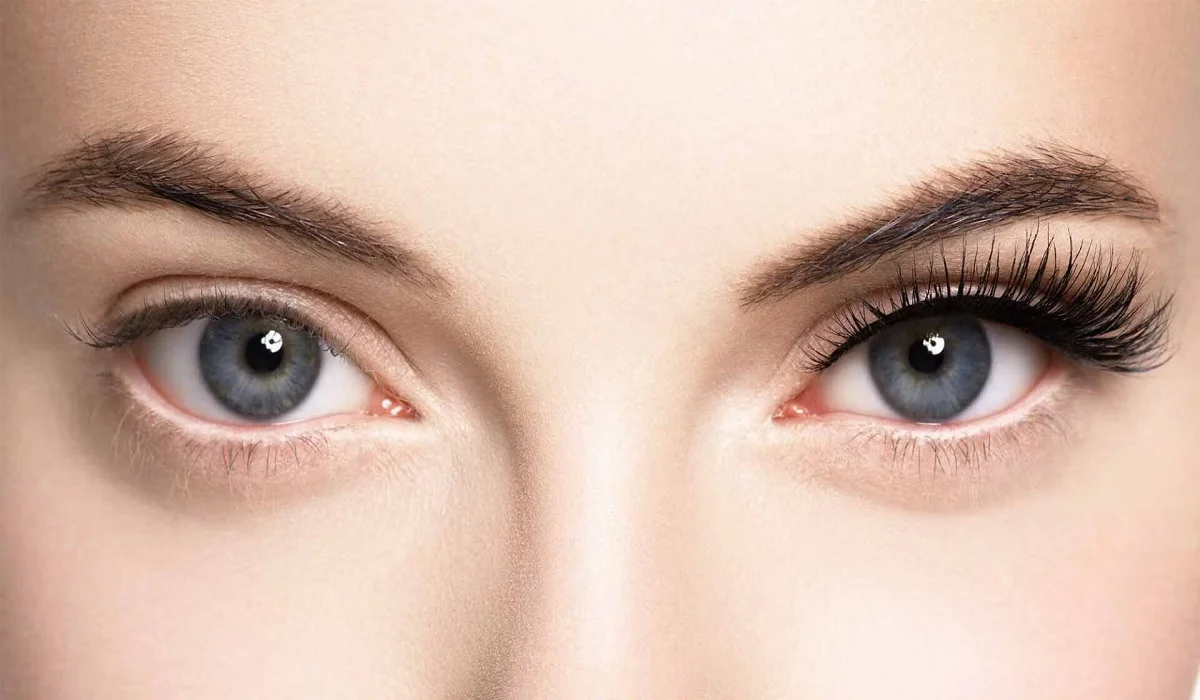Leave-in conditioner isn’t just another step in your hair care routine; it’s a game-changer for anyone looking to elevate their hair health, appearance, and manageability. Unlike traditional conditioners that you rinse out after a few minutes, leave-in conditioners stay in your hair until the next wash, providing extended benefits and continuous care.
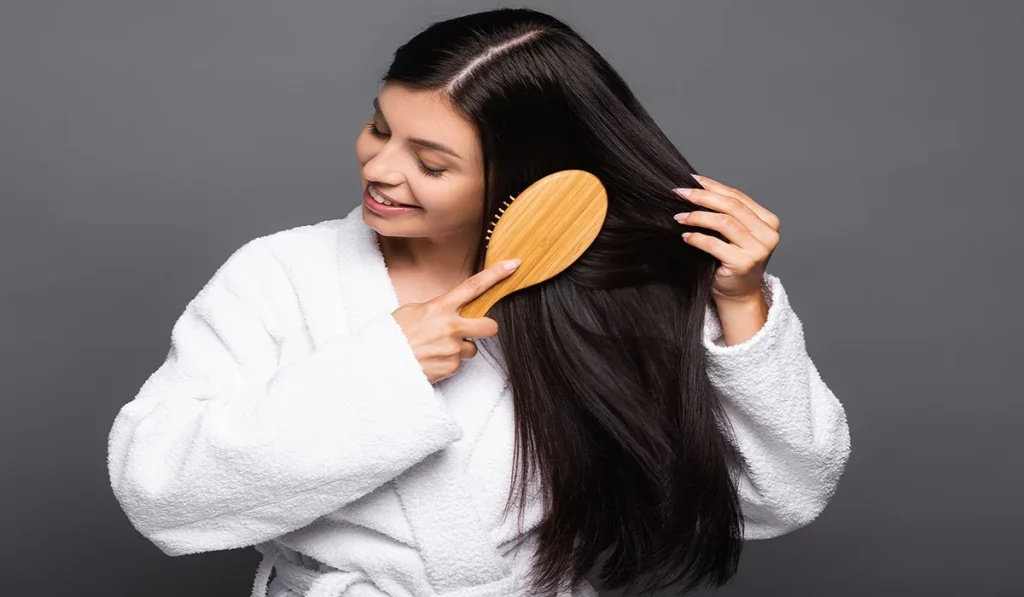
Moisture Retention
Hydration is crucial for maintaining healthy hair, and leave-in conditioners are formulated to lock in moisture, combating dryness and breakage. They’re especially beneficial for curly, coarse, or textured hair types that naturally tend to be drier.
Enhanced Manageability
Tangles and knots can lead to breakage and hair loss. Leave-in conditioners smooth the hair cuticle, making detangling a breeze and improving overall hair texture, making it softer and easier to style.
Protection from Environmental Damage
Exposure to pollutants and the sun’s UV rays can wreak havoc on your hair. Leave-in conditioners can form a protective shield around your hair, minimizing damage and keeping your locks healthy and vibrant.
Prevention of Heat Damage
For those who regularly use heat styling tools, leave-in conditioners are essential. They create a barrier on the hair, reducing the risk of heat damage and helping to maintain hair integrity over time.
Promotes Hair Growth
Healthy hair starts at the scalp. Leave-in conditioners with nourishing ingredients can help to soothe and moisturize the scalp, creating an optimal environment for hair growth while strengthening hair follicles.
Adds Shine and Softness
Dull, lifeless hair can be transformed into luscious, shiny locks with the right leave-in conditioner. It helps to smooth the hair’s surface, reflecting light better and enhancing your hair’s natural luster.
Reduces Frizz and Flyaways
Humidity can make hair unmanageable and frizzy. Leave-in conditioners help to seal the hair cuticle, preventing moisture from swelling the strands and keeping your hair smooth and sleek.
Versatility and Convenience
Whether you have straight, wavy, curly, or kinky hair, there’s a leave-in conditioner that’s perfect for your hair type and concerns. Its ease of use and the immediate impact it makes on hair health and styling make it a staple in many routines.
Customizable Formulations
With a wide range of formulations available, you can find leave-in conditioners that target specific issues like scalp health, color protection, or volume boosting. This customization ensures that you’re not just caring for your hair but optimizing its health and style.
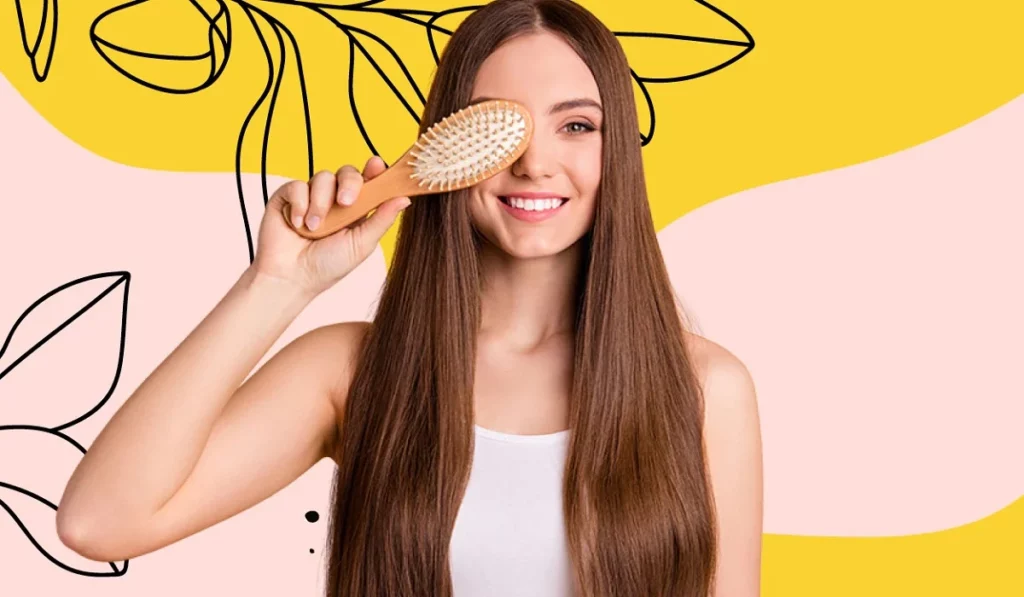
Understanding the Distinct Roles of Traditional and Leave-In Conditioners in Hair Care
Traditional conditioners and leave-in conditioners serve unique purposes in the realm of hair care. The primary function of a traditional conditioner is to mitigate the effects of shampooing. Shampoo, while essential for cleansing the hair of impurities and excess oils, can strip the hair of its natural moisture. To counteract this, a traditional conditioner is applied to damp hair immediately following the use of shampoo. Its role is to replenish moisture, enhance strength, and offer protection to the hair strands. This process is an integral component of hair restoration, vital for maintaining the hair’s health. After the conditioner is evenly distributed through the hair, often with the aid of a comb or brush for detangling, it is thoroughly rinsed out.
In contrast, leave-in conditioners are formulated to be applied after the hair is washed and slightly dried, remaining in the hair to provide ongoing moisture and nourishment. These formulations are especially beneficial for enhancing the hair’s manageability, smoothness, and shine, facilitating easier styling without weighing the hair down. Their lightweight nature distinguishes them from their rinse-out counterparts, offering a different kind of care that focuses on long-term hair conditioning.
Selecting the Ideal Leave-In Conditioner Tailored to Your Hair’s Needs
Navigating the plethora of leave-in conditioners available on the market requires an understanding of your hair’s specific needs and the benefits of various ingredients. Key ingredients to look for include botanical extracts, natural oils, antioxidants, and vitamins that promote hair health. Identifying your hair type—whether it be thick or thin, colored, normal, dry, oily, straight, curly, or processed—is crucial in selecting a leave-in conditioner that addresses your particular hair concerns.
For instance, those with dry or fine hair might opt for a lightweight leave-in conditioner to impart shine without causing greasiness. Conversely, individuals with dry, curly, or overly processed hair might benefit from a creamier leave-in conditioner enriched with natural oils to deeply hydrate and nourish. For colored hair, it’s advisable to choose products that are “color-safe” and sulfate-free to prevent fading and maintain hair vitality.
Application Techniques for Leave-In Conditioner
To maximize the benefits of leave-in conditioner, it is important to follow a proper application routine:
- Start by cleansing your hair with shampoo and conditioner suited to your hair type.
- After washing, either leave your hair damp or lightly towel-dry it. This is the optimal condition for applying leave-in conditioner, as it helps the hair absorb the product more effectively.
- Distribute the leave-in conditioner evenly throughout your hair, focusing on areas that require the most attention. Since this product does not require rinsing, ensure it is thoroughly worked into the hair.
- Detangle your hair with a brush or comb to ensure even distribution of the product and to facilitate easier styling.
- Proceed to style your hair as desired, now enhanced with the conditioning and protective benefits of the leave-in product.
This comprehensive approach to selecting and applying leave-in conditioner will aid in achieving healthier, more manageable hair, tailored to the unique requirements of your hair type.
How often should I use leave-in conditioner?
The frequency can vary based on your hair type and needs. However, using it after every wash is a good practice for most hair types.
Can leave-in conditioner be used on dry hair?
Yes, it can be applied to dry hair to add moisture, refresh styles, or tame frizz and flyaways, making it incredibly versatile.
Is it suitable for color-treated hair?
Absolutely. Many leave-in conditioners are specifically formulated to protect color-treated hair, helping to maintain color vibrancy and prevent fading.
In conclusion, the benefits of incorporating a leave-in conditioner into your hair care routine are extensive. From providing essential hydration and protection to enhancing manageability and promoting growth, it’s a powerhouse product that can truly transform your hair. By selecting a formula that aligns with your specific hair needs, you can enjoy a healthier, more beautiful mane.


